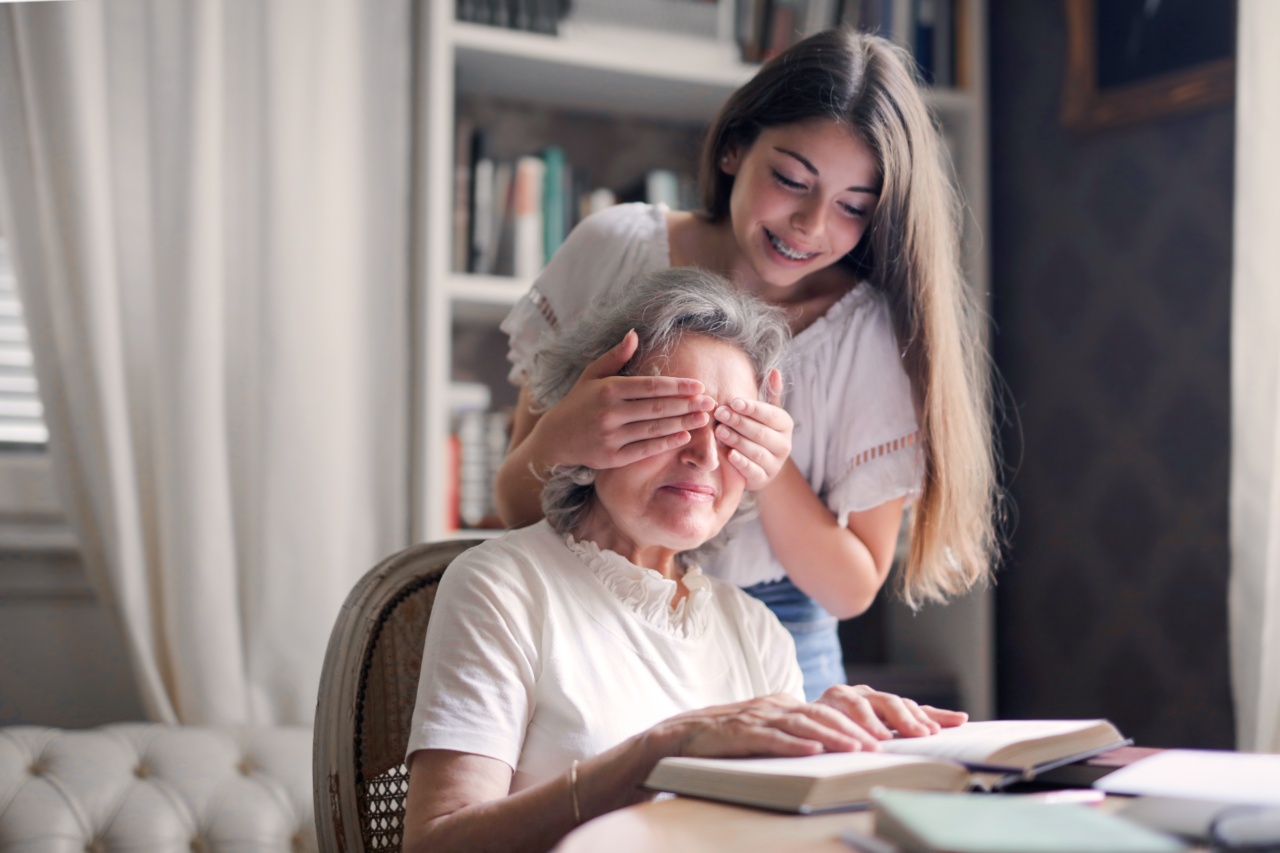When it comes to estimating someone’s age, it can be a tricky game. Some people may appear older than they actually are, while others can effortlessly defy the hands of time.
This age guessing game has long intrigued scientists, psychologists, and even the general public. In this article, we will explore the factors that influence how old someone appears, the accuracy of age estimation, and the psychology behind our perceptions.
Factors Influencing Age Perception
Several key factors contribute to how old someone appears. These include:.
1. Wrinkles and Fine Lines
One of the most apparent signs of aging is the development of wrinkles and fine lines on the face. Deep-set wrinkles can make individuals appear much older than they actually are.
The visibility and severity of these lines depend on various factors such as genetics, lifestyle choices, and skincare habits.
2. Skin Texture and Tone
The quality of someone’s skin plays a significant role in their perceived age. Skin affected by issues like acne scars, sunspots, or uneven texture can give the impression of advanced aging.
Elasticity, firmness, and brightness are all indicators of youthfulness that affect how old someone appears.
3. Hair Color and Texture
Changes in hair color and texture can instantly transform someone’s appearance. Gray hair often adds years to a person’s perceived age, while luscious and healthy-looking hair may give the impression of youthfulness.
Thinning or brittle hair can also contribute to an older appearance.
4. Posture and Body Language
Our posture and body language can inadvertently convey age-related messages.
Slumping shoulders, shuffling walks, or lack of mobility may make someone appear older, while an upright posture and confident gait can give the impression of youth and vitality.
5. Eye Area
The region around the eyes can be quite revealing when it comes to age estimation. Deep-set wrinkles, sagging eyelids, or under-eye bags are often associated with advanced age.
Bright and vibrant eyes, on the other hand, can enhance the perception of youthfulness.
6. Clothing and Style
Our fashion choices and personal style can either enhance or hinder our perceived age. Dressing in a manner that is outdated or overly conservative can make someone seem older.
Conversely, trendy and youthful clothing choices can help individuals appear more youthful than they actually are.
7. Lifestyle Factors
Several lifestyle factors can influence how old someone appears, including smoking, alcohol consumption, stress levels, sleep quality, and exercise.
Unhealthy habits and high-stress levels can accelerate the aging process, while positive lifestyle choices can help maintain a youthful appearance.
8. Genetics
Genetics also play a significant role in how we age. Some individuals naturally have genes that grant them a more youthful appearance, while others may genetically age more rapidly.
Family history and genetic predispositions can influence the accuracy of age estimation.
Accuracy of Age Estimation
While it may seem like a fun game to guess someone’s age based on their appearance, research has shown that we are not always accurate in our estimations.
In fact, studies have found that individuals tend to underestimate the ages of others, particularly when it comes to older adults. This inaccuracy can be attributed to a variety of factors including societal biases, personal experiences, and the aforementioned influences on age perception.
Furthermore, cultural factors can significantly impact age estimation. In some cultures, looking older may be considered more desirable and respected, therefore people might overestimate someone’s age based on societal norms.
On the other hand, youth can be highly valued in other cultures, leading to underestimations of age.
The Psychology behind Perceptions
The human brain is hardwired to categorize and make judgments based on visual cues, including age. Our brains use a combination of facial features, body language, and contextual information to estimate someone’s age.
However, these estimations are subjective and can vary widely from person to person.
One psychological principle that affects age perception is the “mere exposure effect.” This theory suggests that we tend to prefer and find more attractive things that we are familiar with.
As a result, people who look similar to those in our social circles tend to appear younger to us.
Stereotypes and biases also influence our age estimations. Research has shown that individuals tend to associate certain characteristics and traits with specific age groups.
For example, wrinkles may be associated with wisdom and experience in older individuals, while smooth skin may be linked to youth and vitality.
Conclusion
The age guessing game can be fascinating and entertaining, but it is important to recognize the limitations and potential biases in our estimations.
Various factors, including wrinkles, skin quality, hair, posture, and lifestyle choices, all contribute to how old someone appears. However, our age perceptions are not always accurate, as they are influenced by cultural norms, personal experiences, and individual biases.
Understanding the psychology behind age estimation can help us become more aware of our own judgments and challenge societal stereotypes related to age.






























